Designing modern, creative logos is a blend of art, psychology, and strategy. A well-crafted creative logo designs communicates a brand’s identity, captures the essence of its business, and leaves a lasting impression on its audience. By focusing on simplicity, relevance, memorability, versatility, timelessness, and uniqueness, and staying informed about contemporary design trends, you can create logos that stand the test of time and set brands apart in today’s competitive marketplace.
The creative process, coupled with research, inspiration, and effective presentation, will lead to logos that are not just symbols but powerful brand assets.
A logo is often the first point of contact between a brand and its audience, making it a crucial element of any company’s identity. In the modern era, where competition is fierce and attention spans are short, a well-designed logo can set your business apart and create a lasting impression.
You may be interested in the following articles as well.
- Tips to Create a Strong Brand Identity with Your Trucking Logo Design
- The Power of a Well-Designed Logo: How to Create a Memorable Brand Identity
- 35+ Creative Negative Space Logo Desgin
- Animated Logos Creative Examples For Inspiration
This article delves into the art and science of designing modern, creative logos that capture the essence of a brand while staying relevant in today’s fast-paced digital landscape.
Understanding the Importance of Logos
Before exploring into the intricacies of logo design, it’s essential to understand why logos are so critical in the world of business and branding. Here are some of the key reasons:
- First Impressions: Logos are often the first thing people see when they encounter a brand. An effective logo can leave a positive and memorable first impression.
- Brand Identity: Logos are central to brand identity. They encapsulate the values, personality, and mission of a business. A well-designed logo communicates this information effectively.
- Recognition and Recall: Memorable logos are easy to recognize and recall. In an oversaturated market, being memorable is a significant advantage.
- Versatility: Logos are used across various media and platforms, from business cards to billboards to digital screens. A versatile logo works well in all these contexts.
- Differentiation: A unique and creative logo designs helps a brand stand out in a competitive market. It sets a business apart from its competitors.
Explore 40 Creative Logo Designs to Inspire Your Next Project. This is the inspiration# 118, showcase of creative logo designs.
List of Creative Logo Designs:
The Key Elements of Logo Design
Effective logo design relies on understanding and harmonizing several essential elements:
1. Simplicity
The best logos are often the simplest. A logo should be easy to recognize and understand at a glance. Overly complex logos can confuse and fail to leave a lasting impression. The Nike Swoosh and Apple’s apple are excellent examples of simple, memorable logos.
2. Relevance
A logo should reflect the essence and purpose of the brand it represents. It should be relevant and convey a message that resonates with the audience. For example, a restaurant’s logo might incorporate elements related to food or dining.
3. Memorability
Memorable logos are those that stick in people’s minds. A unique and clever design can make a brand more memorable. Think of the golden arches of McDonald’s or the colorful peacock of NBC.
4. Versatility
A logo needs to work across various media and applications. It should look just as good on a small smartphone screen as it does on a large billboard. Ensuring scalability and adaptability is crucial.
5. Timelessness
While it’s tempting to follow design trends, a good logo should stand the test of time. Avoid trendy elements that may quickly become outdated. Think of Coca-Cola’s timeless script logo, which has remained largely unchanged for over a century.
6. Uniqueness
Originality is a cornerstone of logo design. A logo should distinguish a brand from its competitors. Copying or imitating other logos can damage a brand’s credibility.
The Creative Process
Now that we understand the importance of logo design and the fundamental elements involved, let’s delve into the creative process of designing a modern and creative logo.
1. Research and Understand the Brand
Before any design work begins, it’s crucial to thoroughly research and understand the brand you are designing for. What are its core values, mission, and target audience? What makes it unique in its industry? This understanding will inform your design choices.
2. Sketch and Brainstorm
Begin with a sketchpad or a digital drawing tool to brainstorm ideas. Don’t constrain yourself at this stage. Let your creativity flow and explore various concepts. Try different shapes, fonts, and imagery that might represent the brand.
3. Find Inspiration
Explore a wide range of sources for inspiration, from design books and websites to nature and everyday objects. It’s important to be open to influences from various aspects of life as they can lead to unique and creative ideas.
4. Typography
Selecting the right font is essential. Typography plays a significant role in logo design. It can convey a brand’s personality, whether it’s modern, playful, serious, or elegant. Experiment with different typefaces and their combinations to find the perfect fit.
5. Colors
Color choice is another critical aspect. Colors evoke emotions and set the tone for a brand. Consider what emotions and associations you want your logo to convey and choose colors accordingly. For example, blue can represent trust and reliability, while red can signify passion and energy.
6. Test and Refine
After creating initial concepts, it’s essential to test your logo in various contexts and sizes to ensure it remains effective. Be open to feedback and make necessary refinements. This iterative process often leads to a more refined and creative final design.
7. Presentation
When presenting your logo to the client or team, provide context for your design choices. Explain how the logo encapsulates the brand’s identity and why it will resonate with the target audience.
40 Creative Logo Designs: Inspiration# 118
Howling Coyote by Alfrey Davilla

Wizgit Logo by Alexandra Erkaeva
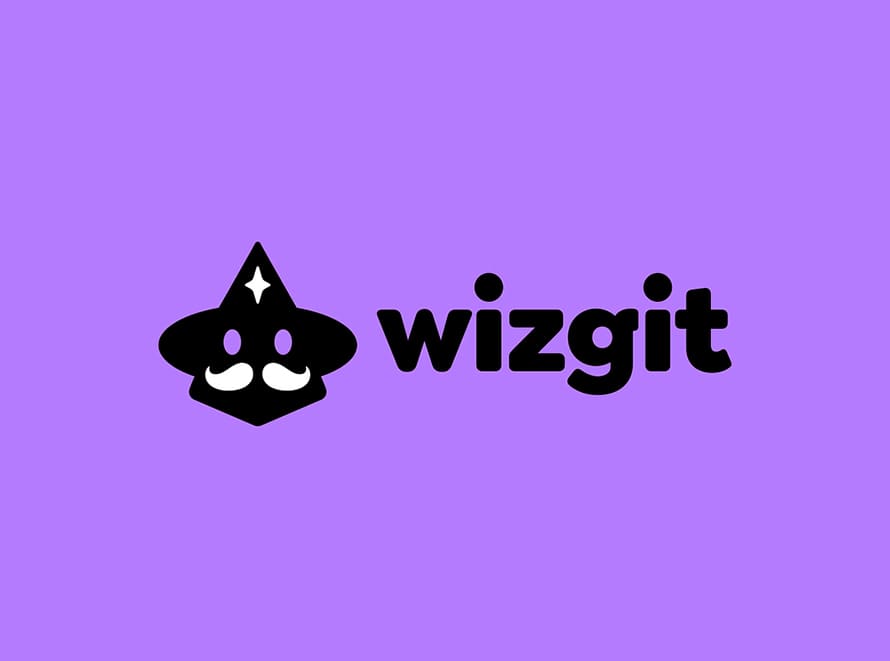
A late happy holidays post Logo by Shmart Studio
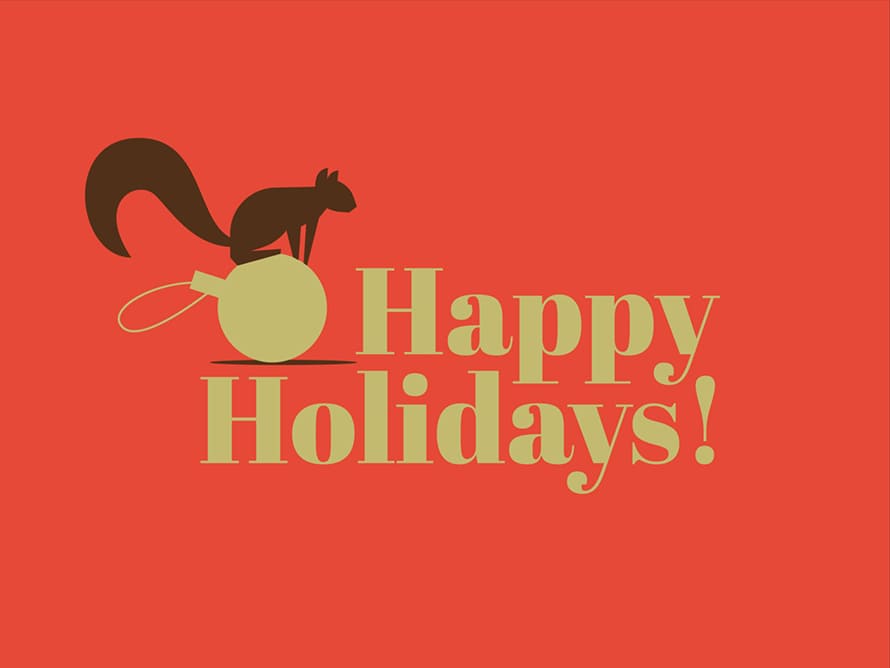
Bonnet Bakehouse Identity by Kevin Kroneberger

Tech Company Logo by Mahjabin Afrin
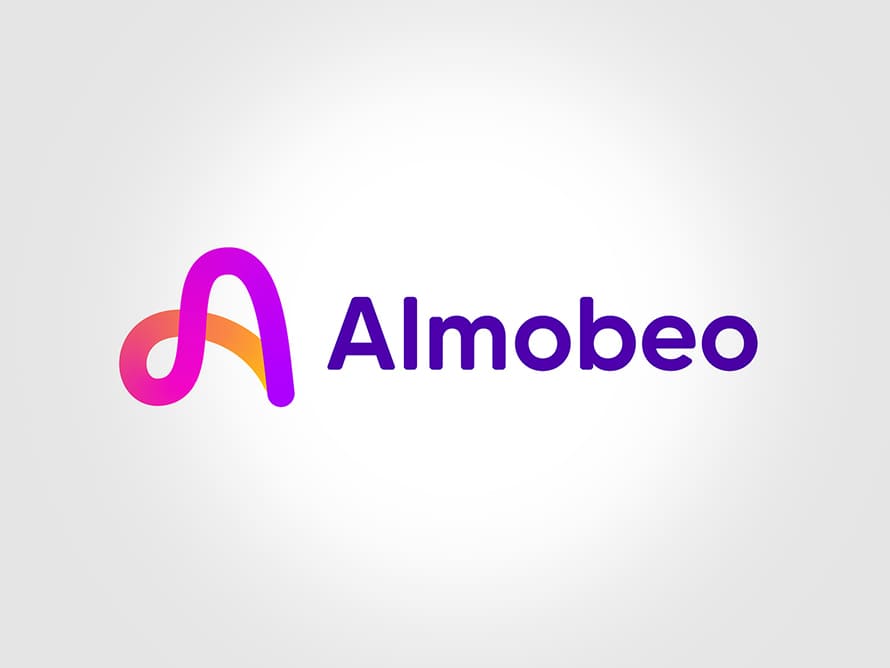
Return Organic Supplements Logo by Insigniada Branding Agency

Deer Cinema Logo by Yuri Kartashev

Akepa Logo Design by Deividas Bielskis

Cyber Security Saas Logo Design by Alex Tass

Conic logo design by Next Mahamud
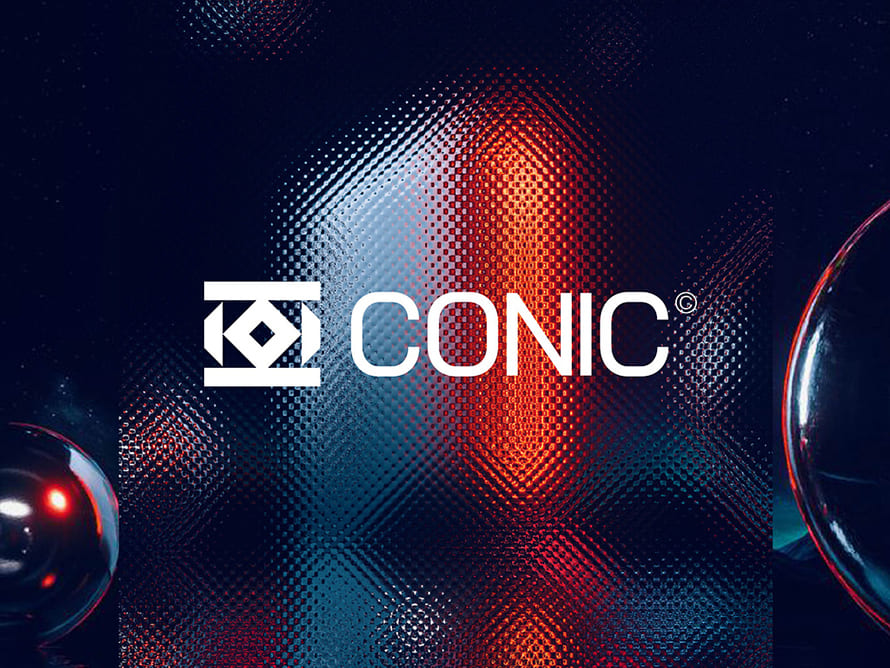
Harvest Guardian Logo Design by Alex Seciu
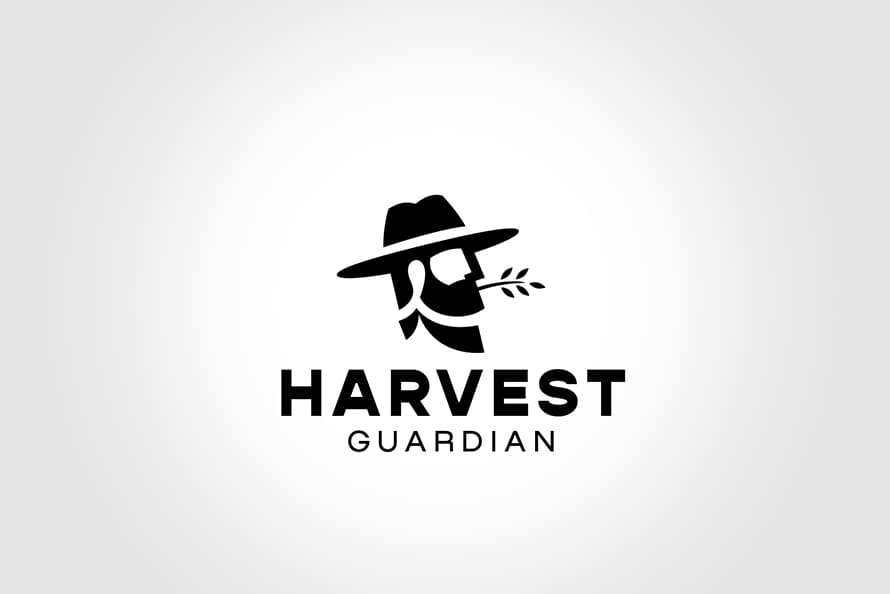
Hyusr Logo Branding by Pixtocraft for Knacky Studio

Calenmart Logo by Arafat Hossain
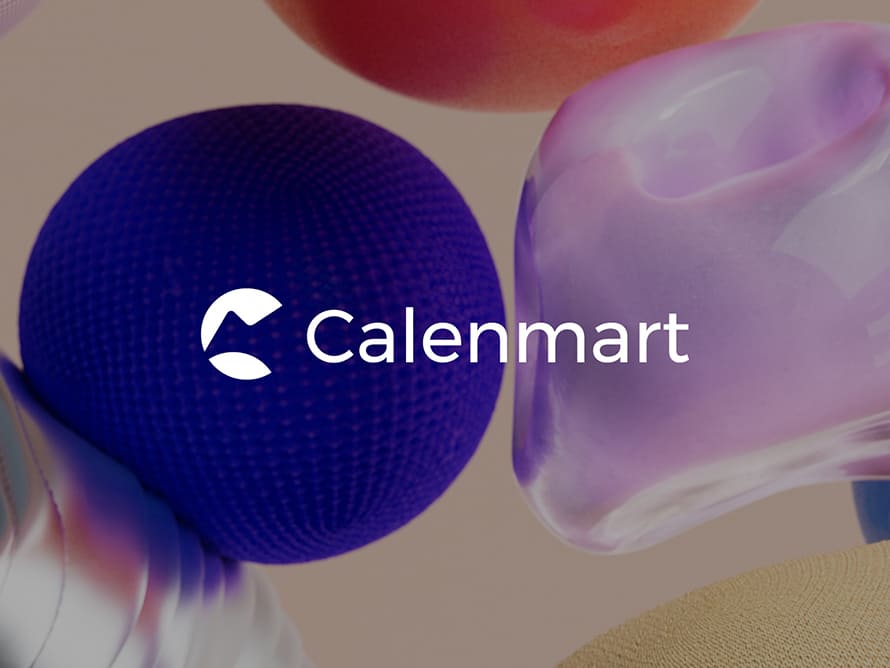
TeamUp Logo Design by Dalius Stuoka

Meliro Logo Design by Milon Ahmed

6maj Logo by DeftBranding

Sofa Logo by Mahjabin Afrin

Mindful Growth Partners Abstract Logo by Insigniada Branding Agency
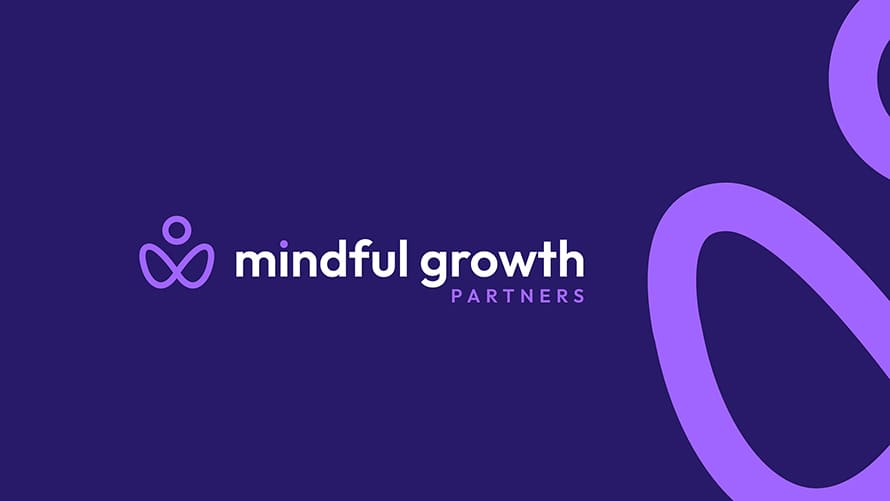
Kode Logo Design by Lucas Fields
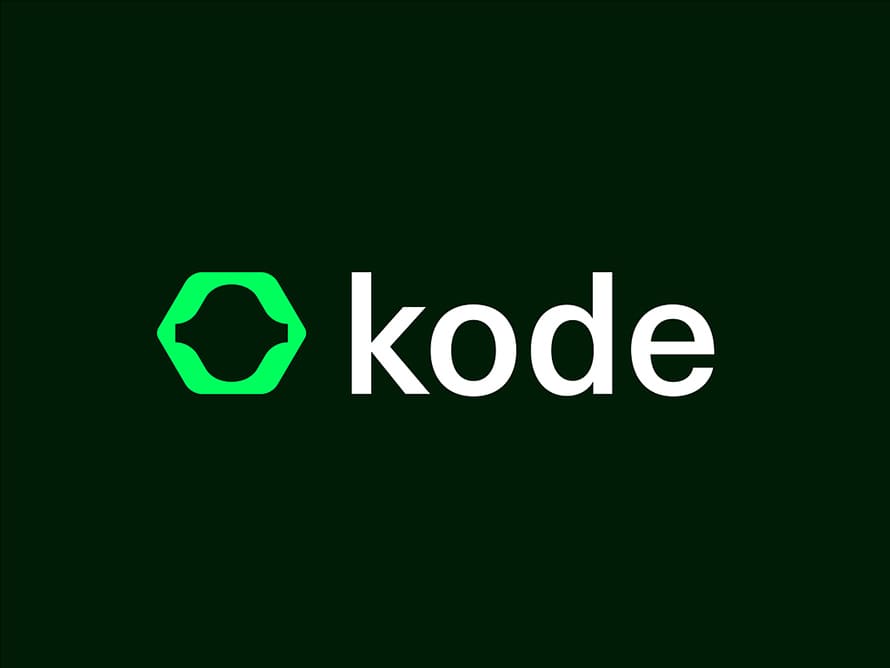
Cat and Dog Logo Design by Alfrey Davilla
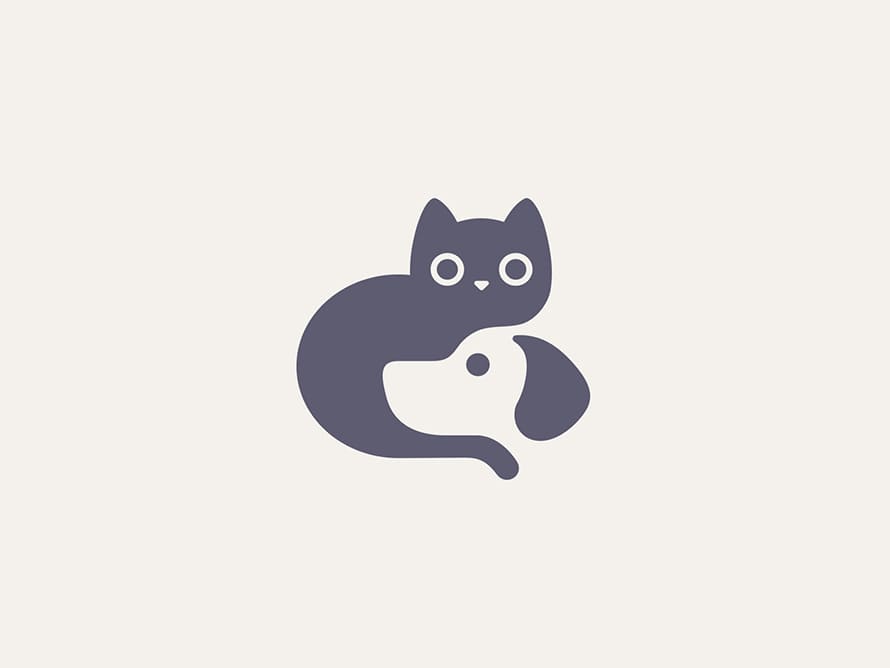
Qoal Logo for Cryptocurrency Exchange by Bohdan Harbaruk
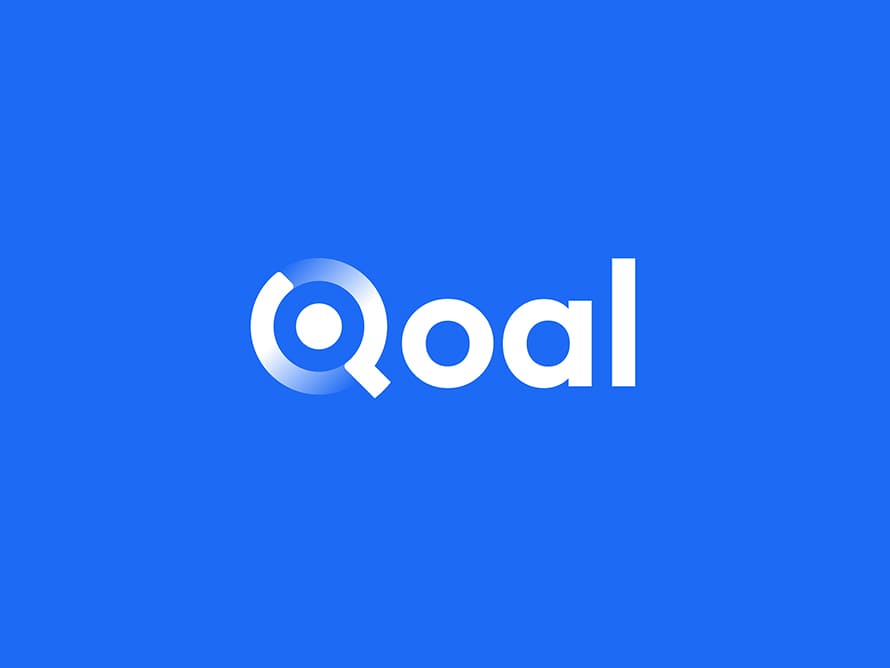
Letter P Logo Design by Aditya Chhatrala
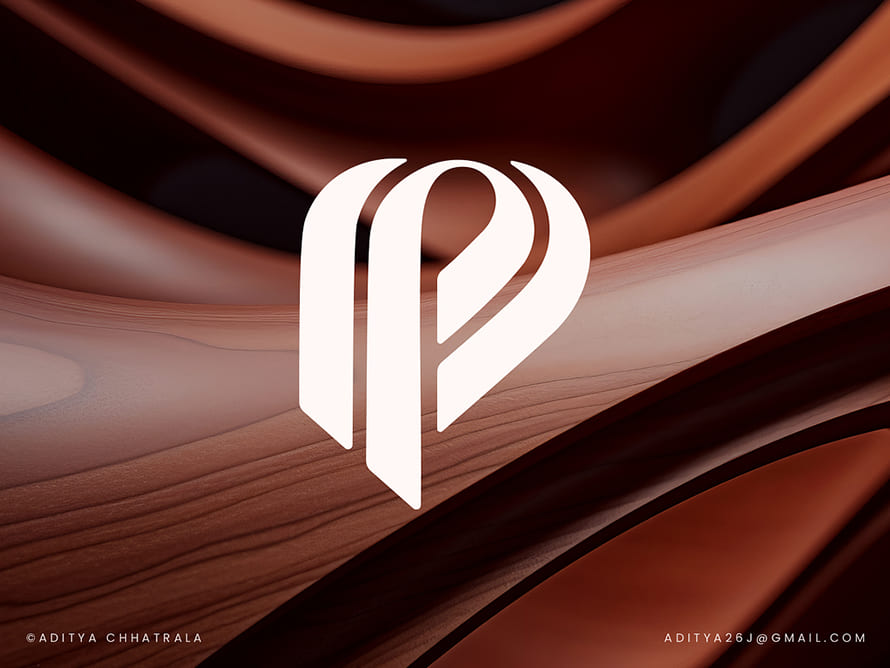
BYND Logotype by Muhammad Ali Effendy
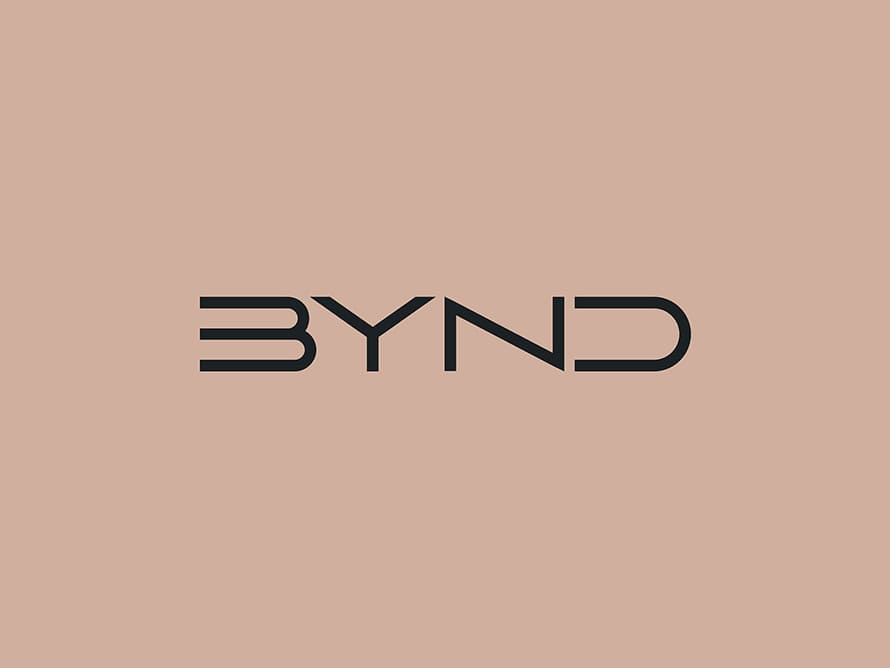
Codemetrics Logo Design Concept by Eugene MT
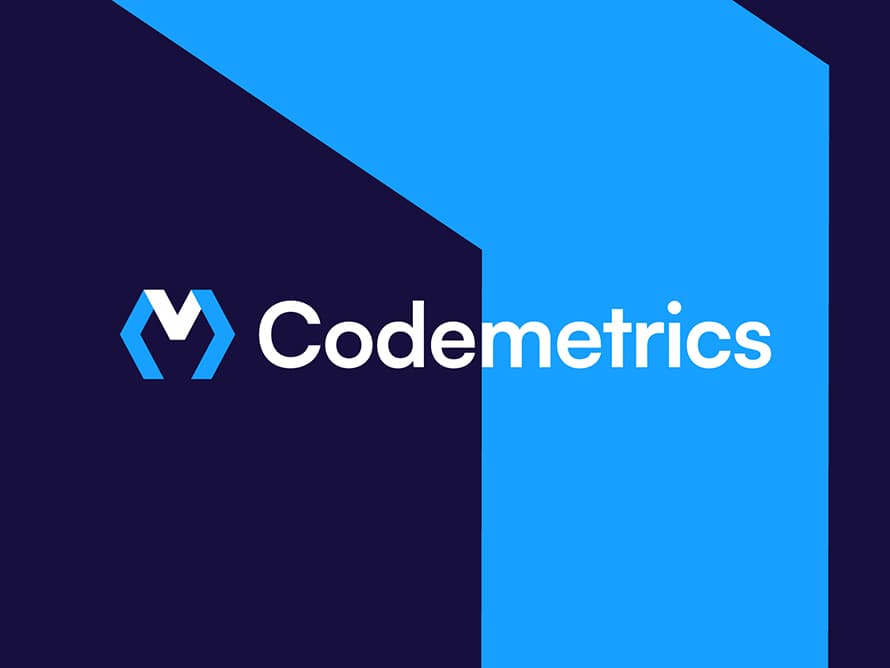
American Robin Logo by UNOM design
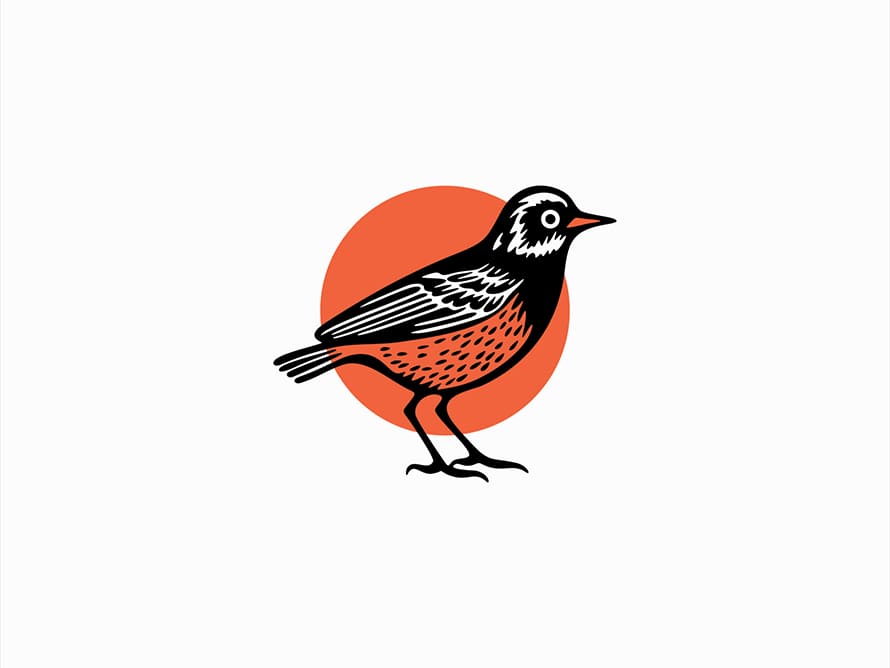
Peel Coffee Brand Logo Design by Gert van Duinen
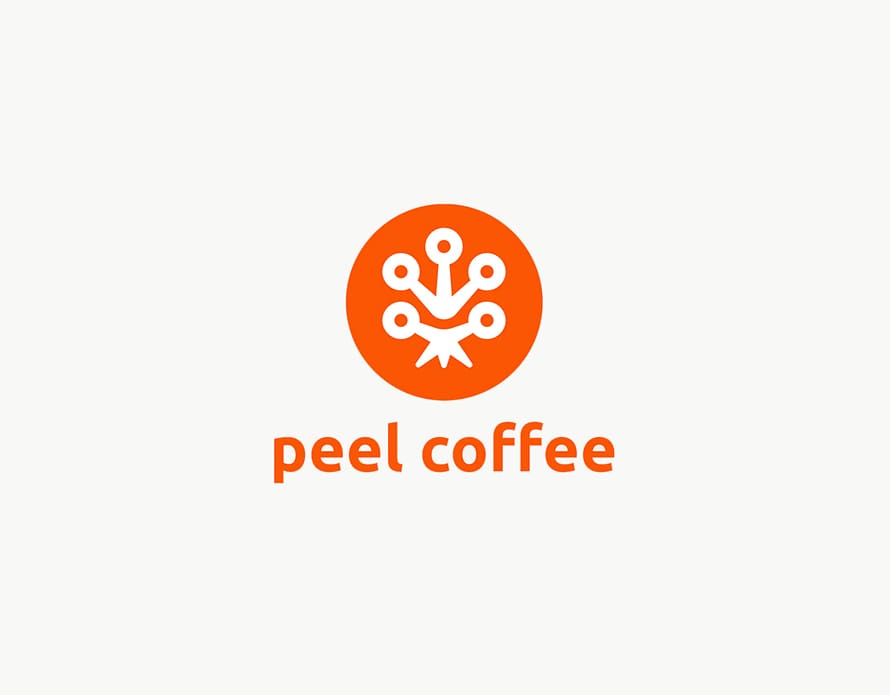
The Patchsmith Logo by Emir Ayouni
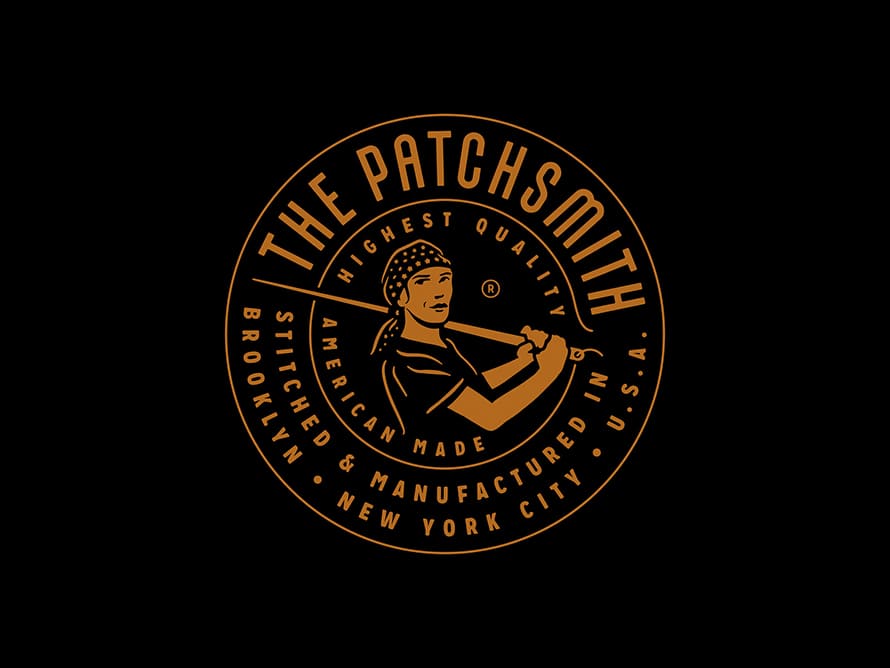
Wordsmith Logo Concept by Jeroen van Eerden
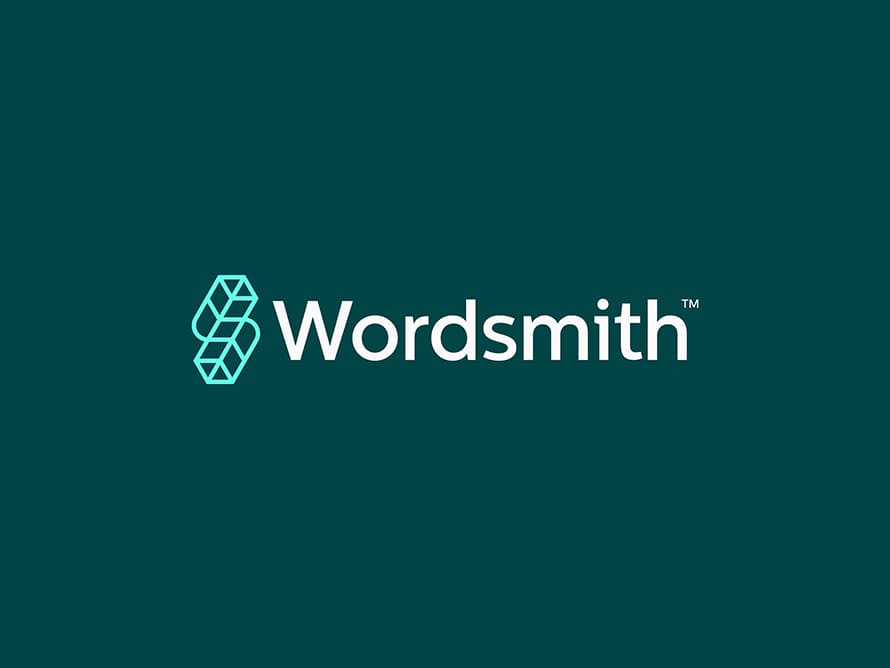
Swuki Logo Design by Deividas Bielskis
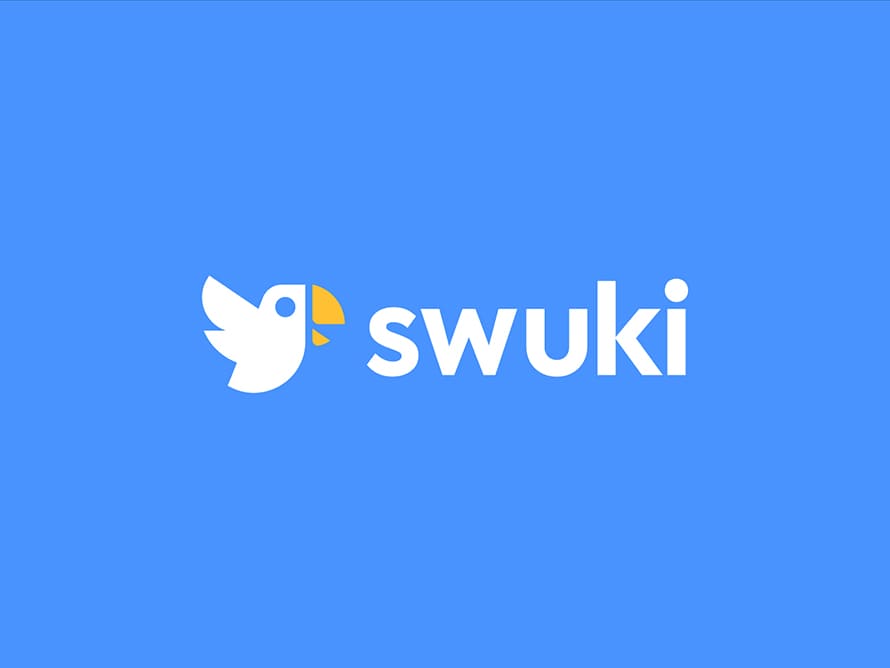
Minimalist Elephant Logo by Lucian Radu
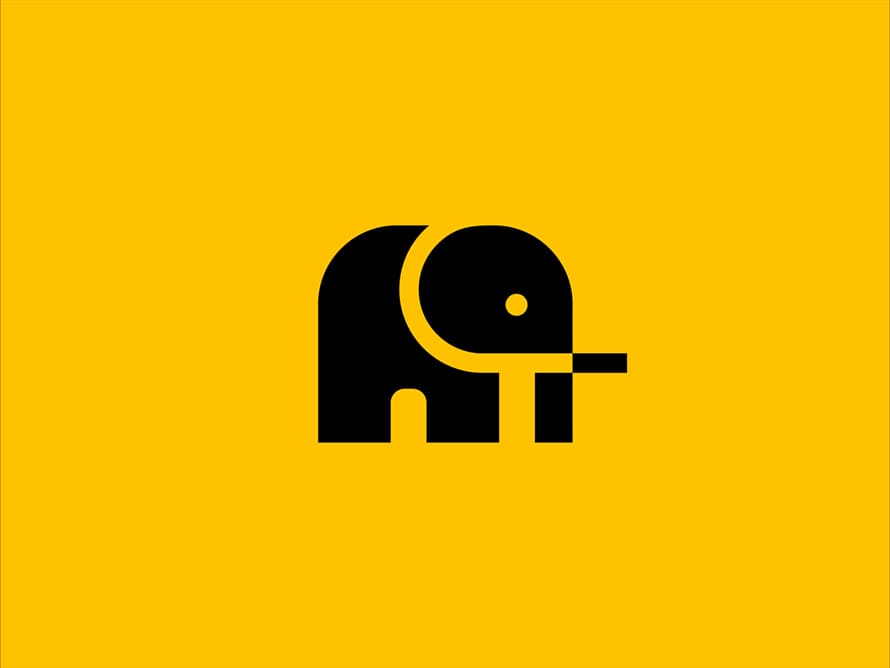
Everyone Logo Design by Bohdan Harbaruk
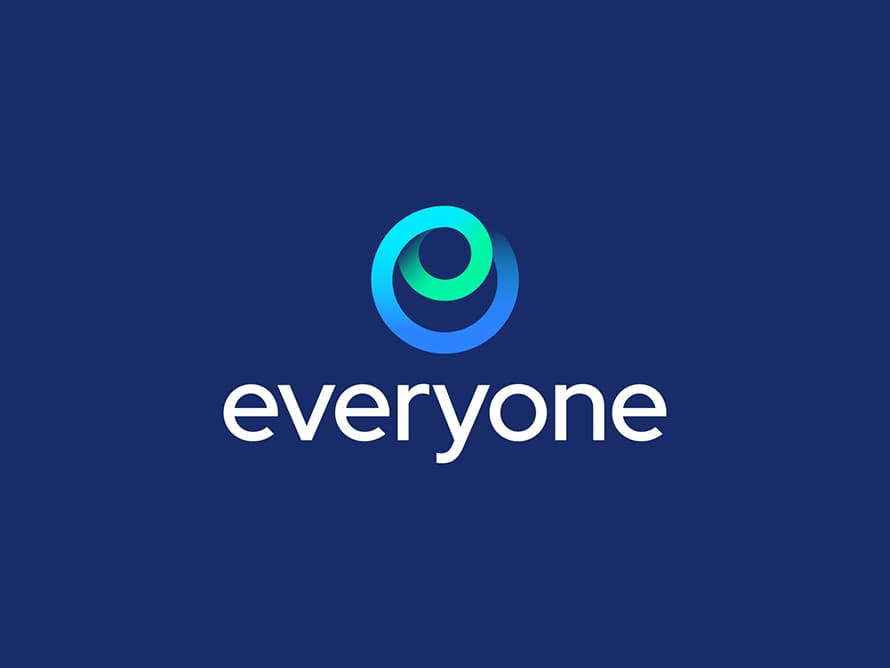
Great Friends Logo Design by Alex Seciu
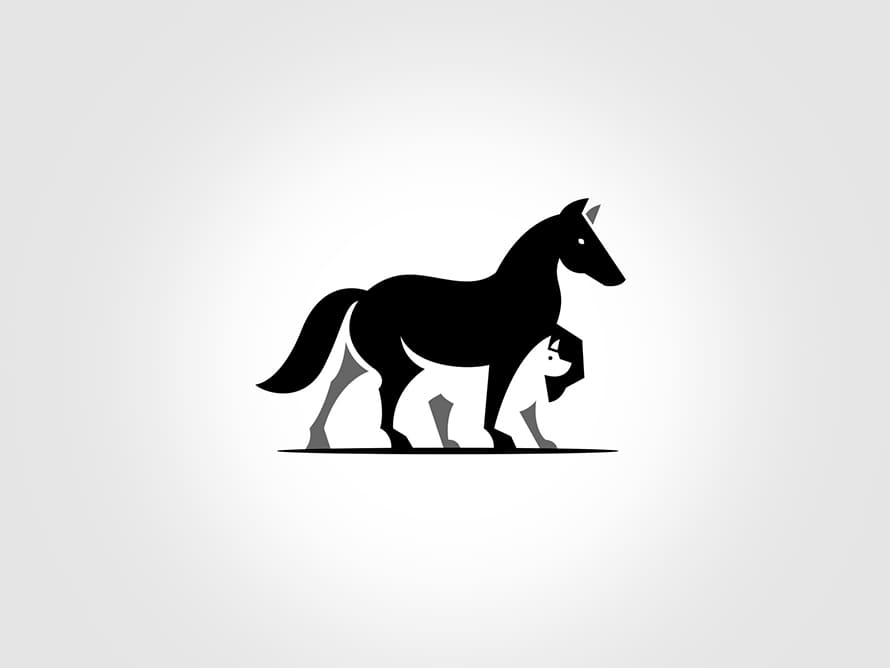
Dioz Logo Design and Visual Identity
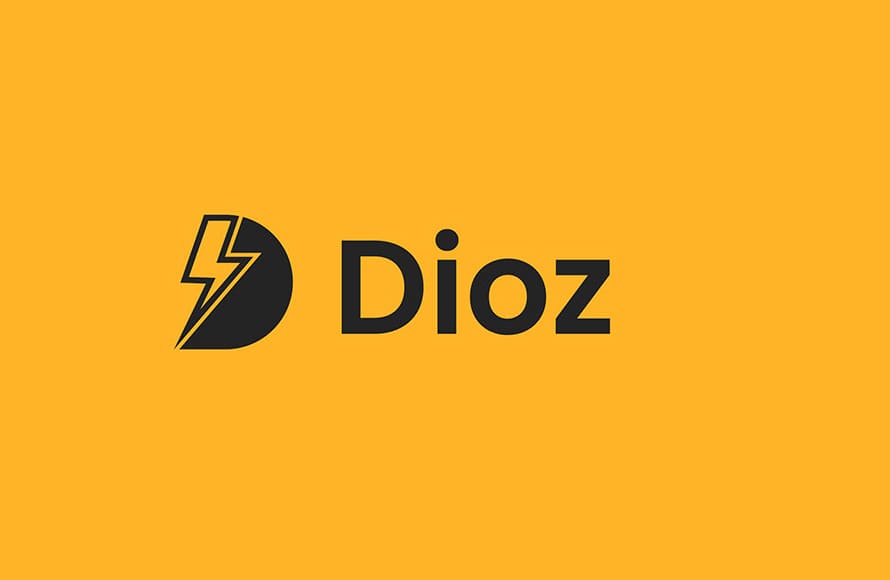
Winpay Logo Design
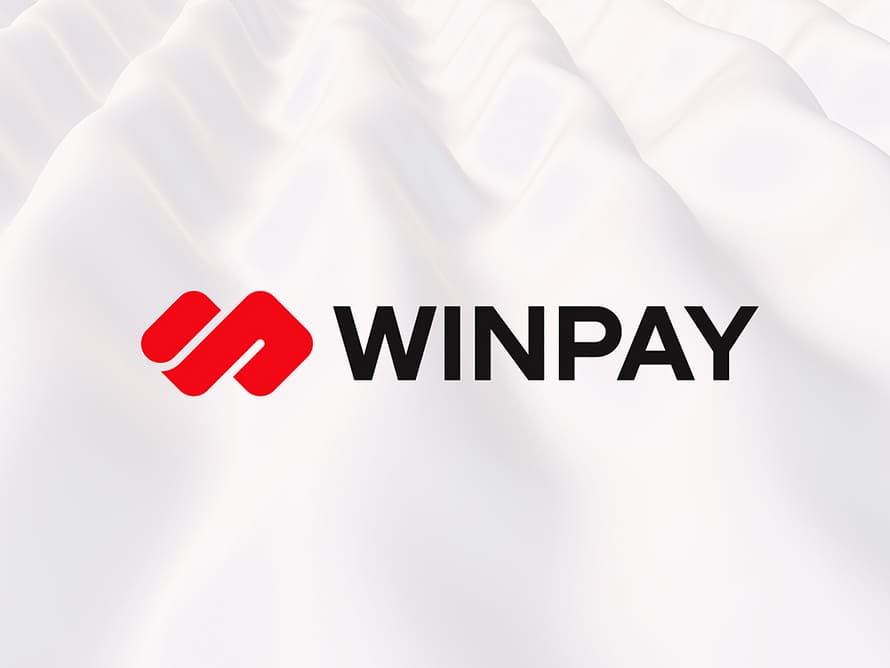
Campie Logo Design
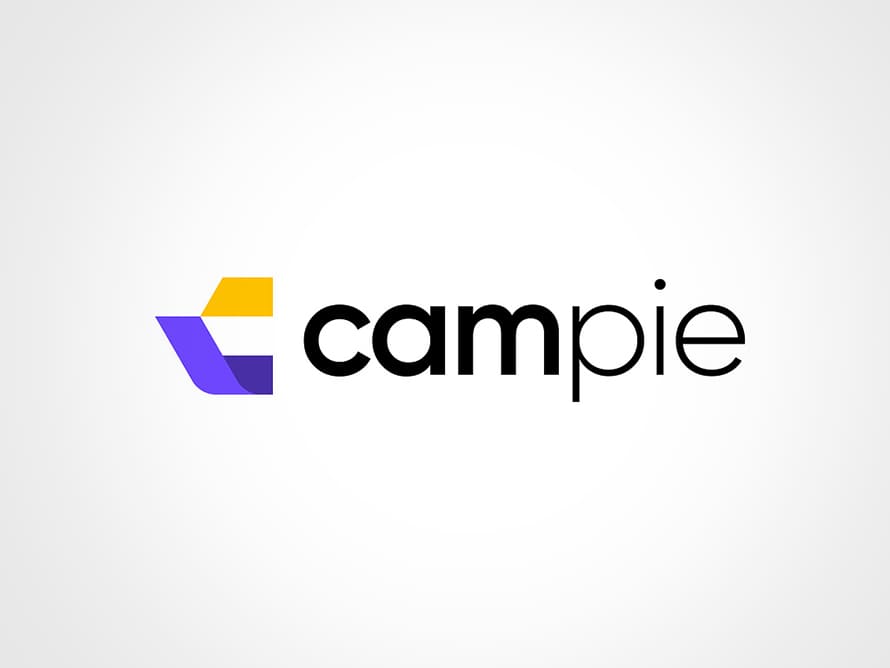
Charlotte Sun Rays Logo Design

Vintage Car Logo Design
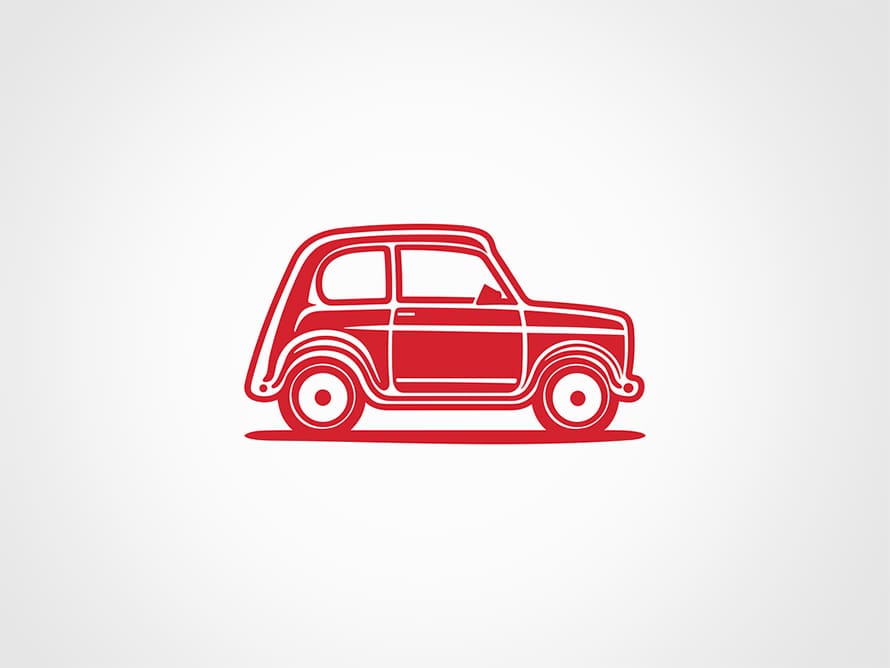
Abstract E Letter Logo Design
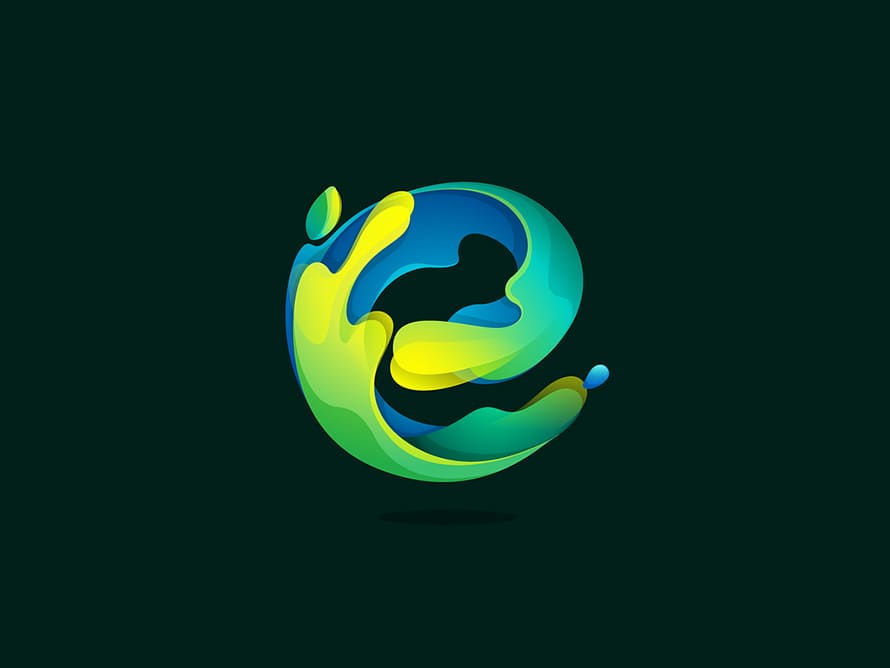
App Creative Logo Designs
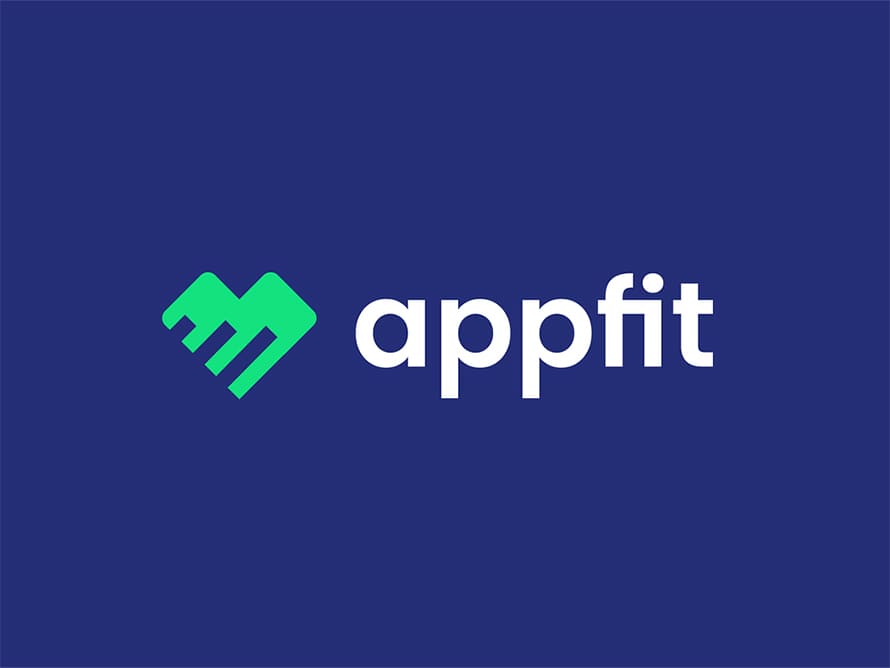
Modern Logo Design Trends
While it’s important to avoid design trends that quickly become outdated, it’s equally important to stay informed about current design trends that can be incorporated into your logo design. Some modern trends include:
1. Minimalism
Minimalist design focuses on simplicity, using the fewest elements to convey a message. This approach is highly effective in creating clean, memorable logos.
2. Geometric Shapes
Geometric shapes and patterns can lend a contemporary and organized look to a logo. They are often used to convey stability and precision.
3. Negative Space
Using negative space cleverly can add an extra layer of meaning to a logo. The FedEx logo, for instance, incorporates an arrow in the negative space between the ‘E’ and the ‘X.’
4. Gradients
Gradients can add depth and dimension to a logo. When used judiciously, they can create a modern and eye-catching look.
5. Hand-Drawn Elements
Hand-drawn elements can bring a unique, personalized touch to a logo. They can convey a sense of craftsmanship and authenticity.
Tips for an Effective Logo Design
In addition to understanding the creative process and modern design trends, here are some practical tips to keep in mind when designing a logo:
- Scalability: Ensure that your logo looks good at various sizes. It should be recognizable and legible whether it’s on a business card or a large banner.
- Consistency: Keep the logo consistent across all applications and branding materials. This consistency builds brand recognition.
- Avoid Clichés: Steer clear of overused design elements, such as generic clipart or generic fonts. Your logo should be unique.
- Get Feedback: Don’t work in isolation. Seek feedback from peers, mentors, and clients. Fresh perspectives can lead to improvements.
- Stay Versatile: Design your logo in a way that allows it to work in both black and white and color. This flexibility is crucial in various applications.
- Legal Considerations: Ensure that your logo design doesn’t infringe on copyright or trademark laws. It’s essential to protect your brand.

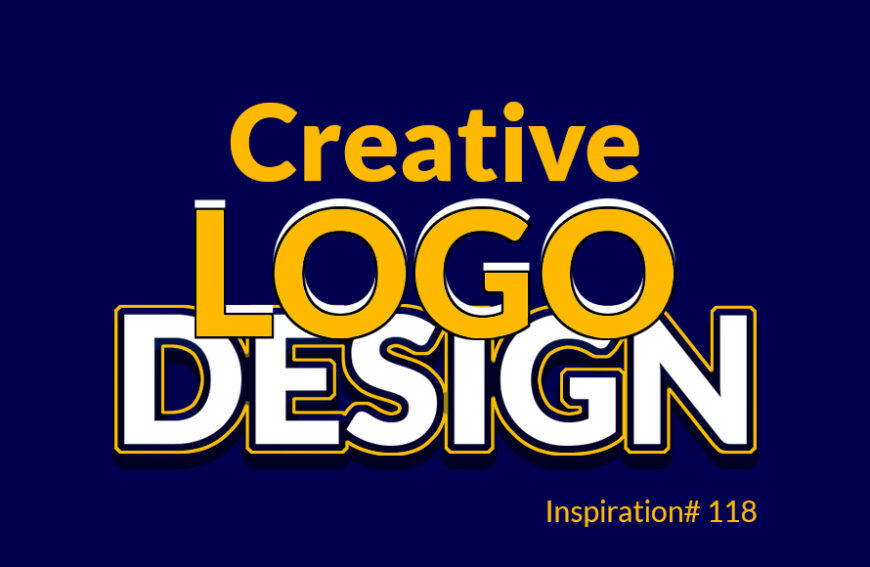

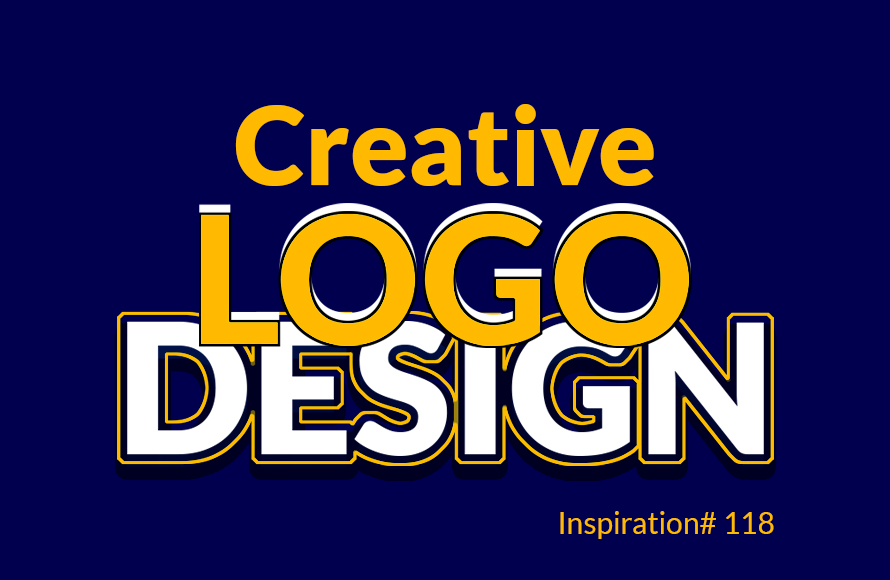
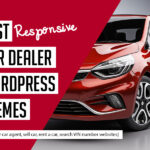
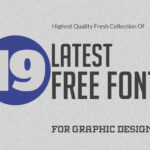
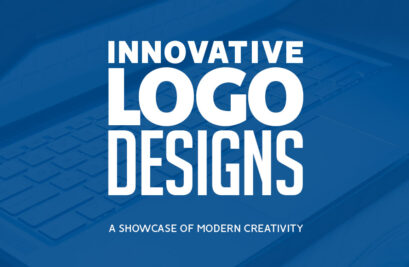
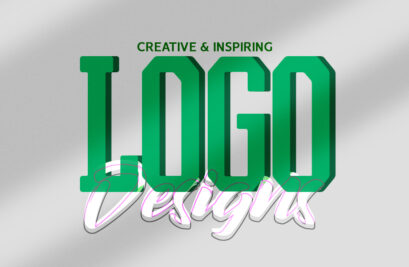
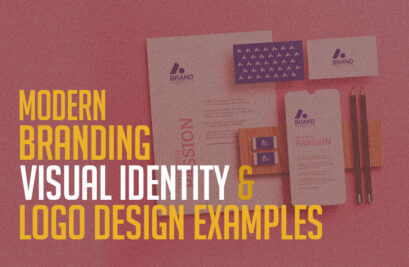













So inspiring and great collection